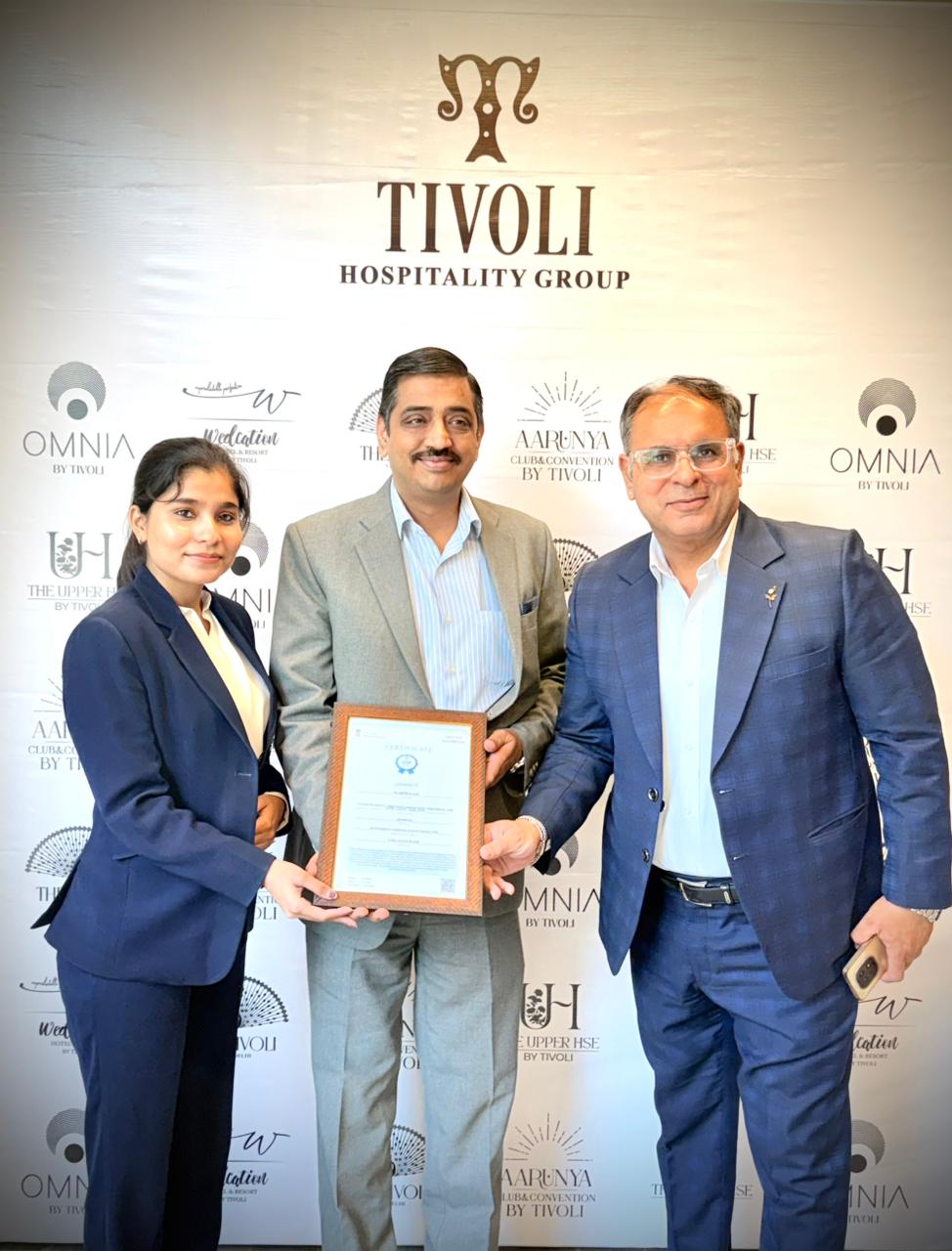Experts in the tourism sector deliberate Sri Lanka’s tourism landscape, its challenges, ongoing revival efforts & strategic vision for long-term sustainability & growth.
Words by Sunil Ghadiok
Despite being faced with severe challenges in the recent years, Sri Lankan Tourism has shown remarkable resilience with unwavering propensity, in its effort to emerge successfully from this adversity.
A recent visit to the beautiful island nation was an eye opener. Everything seemed normal with business as usual, despite the ongoing economic crisis. The tourism sector is in a state of gradual recovery and from the first quarter of 2023 there has been a steady increase in tourist arrivals resulting in a positive effect overall.
We have stalwarts from Sri Lankan Tourism who have shared their explicit views on the current situation and plans for the future.
Tourism revival gathers momentum
Priantha Fernando, Chairman, SLTDA
Sri Lanka has faced a decline in tourism since April 2019, impacting three million dependents in the sector. The revival began in January 2023, focusing on enhancing product quality and introducing new offerings aligned with global demand. The Sri Lanka Tourism Promotional Bureau and the Sri Lanka Conventions Bureau are set to launch promotional drives, targeting key tourist-generating markets and diverse tourism segments, including MICE tourists. The goal is to position Sri Lanka as a premier tourist destination by 2029, with a emphasis on attracting 50 per cent high-end tourists. Recognising India as a pivotal tourist-generating market, Sri Lanka Tourism has intensified promotional activities across India. B2B promotions have been reinforced recently, with B2C planning slated for 2024.
Sri Lanka is existing airlines to expand their frequencies, while seeking the participation of new airlines and charter operators. Resumption of ferry service between the countries is likely improve, boost travel frequencies. The government is considering operating day flights from markets like India and providing concessions to airlines operating at Mattala airport.
The current state of Sri Lanka Tourism is far from ideal; with arrivals remaining less than a third of the 2018 figures. The industry also grapples with debt, borne by the hospitality sector (85-90 per cent). Hoteliers recorded an average occupancy of under 25 per cent in 2022, and even with 1.5 million tourist arrivals, the sector is projected to achieve 35 per cent occupancy. The Sri Lanka Tourist Hotels Association and City Hotels Association have advocated for the revival of the MRR order. After, the MRR was reinstated, reducing the 5-star hotel rate— US$130-US$100, with 20 per cent commission on MICE tourism.
Meanwhile, Sri Lanka acknowledges the need for a more investor-friendly environment. Both public and private investors are invited to buy shares, holding stakes in operational properties.
“Of late, Sri Lanka Tourism has intensified promotional activities across India.”
Holistic approach to tourism development
M Shanthikumar, The Hotels Association of Sri Lanka
Sri Lanka is a country with an abundance of tourist attractions, including nature, culture and adventure. The 30-year civil conflict in the country did not have a growth in tourism, but the resilience of the nation and industry has allowed for no hotels to close operations during this period. Companies such as the Taj Group, Oberoi and Intercontinental have set foot in Sri Lanka, contributing to the country’s socio-economic development.
Tourism became the second foreign exchange earner next to foreign remittances and is on its way to being ranked first. Just as the Sri Lankan borders opened after COVID and flights started to resume, the political and economic crisis hit the country early 2022. Then the survival of the sector, especially the hotels, was due to the support extended by the government. The Sri Lanka Tourism Promotions Bureau has identified tourism as a thrust sector with to turn around the economy. The short-term goal is to target three million tourists with a new approach to target upper-scale foreign visitors.
In the short or long-term, the industry and SLTPB should be strategic in their approach to pushing the destination. Adhoc activities and promotions will not help.
The long-term goal is to reach five million tourists in the next five years. Sri Lanka must not aim for a large tourist flow as is done by certain East Asian destinations.
Also, MRR been introduced in Colombo, which has the highest number of rooms for any single region. Out-of-the-box thinking is a must to stabilise pricing, as falling rates can end up being a disaster for industry and the country.
“The long-term goal is to reach five million tourists within the next five years.”
Rich tapestry of budget friendly delights
Suren Ediriweera, Managing Director, Ceylon Tours
Sustainable and responsible travel has become the code word, with travellers seeking accommodations that have sustainability initiatives or certification. Sri Lanka should focus on these initiatives to ensure an impact on communities, cultures, traditions, and ecosystems.
Experiential travel is a growing segment, with clients seeking immersive experiences, connecting them to locals and communities. The Pekoe Trail, a 300 km long curated walking trail through South Asia’s finest ecology and mountain terrain, is a recent addition to the island’s portfolio.
The Sri Lankan Tourism Ministry is considering ways to make it easier for foreigners to stay longer on the island and invest in real estate and businesses. Current flight timings are not convenient, and more flights could help improve passenger convenience.
Flights to Trincomalee are not frequent, and private choppers are doing well by charter—many new hotels in the area have helipads. The Trincomalee airport is geared up for small aircraft and not wide-bodied ones, making it unlikely the airports will be upgraded. The Bandaranaike airport in Katunayake is being expanded; one-fifth of the project has been completed. This project includes addition of a second multi-layer terminal likely to handle nine million passengers a year, increasing the airport’s passenger handling capacity to 15 million passengers annually.
While Sri Lanka has high-end accommodations, exclusive experiences, and premium services to attract budget travellers. A hybrid approach comprising elements of luxury and mid and budget tourism is crucial to ensure that we understand and meet tourists’ expectations. Sri Lanka surprises most of its visitors with the magnitude and diversity of its experiences, where travellers can enjoy so much in a short time.
Sri Lanka’s focus on sustainability, experiential travel, and infra development positions it as a versatile and attractive destination in the global tourism landscape. A holistic approach that considering the diverse needs of tourists will contribute to the long-term success and sustainability of the tourism industry.
“The tourism ministry is coming up with ways to make foreigners stay longer on the island.”









